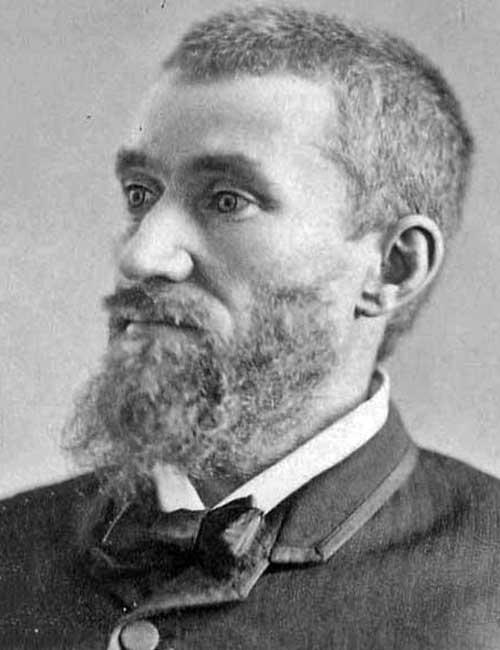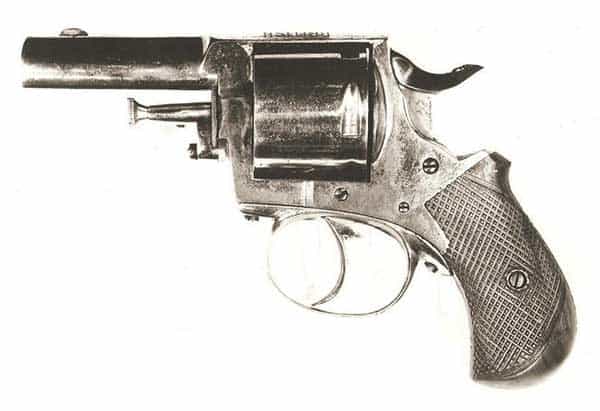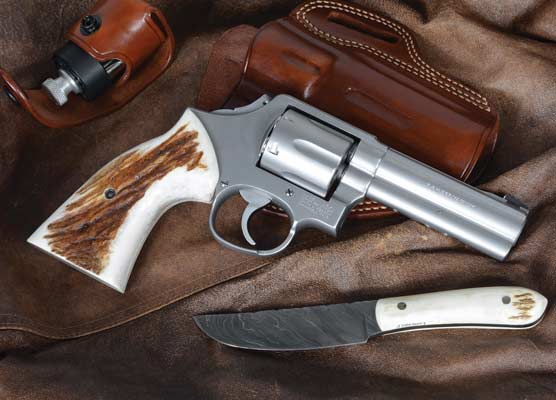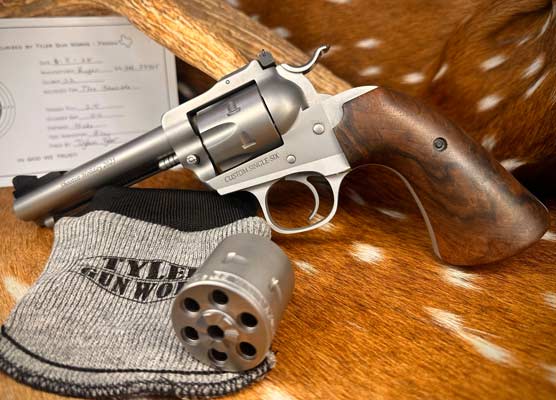When Doctors Killed The President
The Horrible Death of James Garfield
Given the internet-fueled insanity that has been American government for the last decade or so, one might be forgiven for believing that crazy people doing crazy things in the name of politics was a recent phenomenon. However, that is simply not the case.
Two days before Independence Day in 1881, a professional loser named Charles Guiteau worked up a righteous rage and shot the president. With the benefit of hindsight, the wounded chief executive likely would have been fine had his physicians simply left him alone.
The Killer
In retrospect, Guiteau was clearly delusional. A lawyer by training, he penned an unsolicited speech supporting then Republican candidate for president, James Garfield. He had several hundred copies printed and then refused to pay for them. As near as we can tell, nobody ever read the speech, but Guiteau nevertheless became convinced that he was singlehandedly responsible for Garfield’s election.
Guiteau felt it only fair that he be granted the consulship in Vienna or Paris for his efforts. This disheveled crazy man wandered about Washington, DC making his case to anyone who would listen. Along the way, he ran out of money and adopted the trappings of a homeless person. This did not help advance his argument. He was eventually banned by name from the White House waiting room. Secretary of State James Blaine told him to his face, “Never speak to me again on the Paris consulship as long as you live.” This just made him mad.
Guiteau’s family had previously had him declared insane, but he had escaped before he could be formally committed. He borrowed $15 from a relative (about $430 in today’s money) and sought out O’Meara’s Store in Washington. He knew next to nothing about firearms but appreciated that he would need something substantial, so settled on the .442 Webley Bulldog.
George Armstrong Custer carried a brace of Webley Bulldogs at the Battle of the Little Bighorn. It was a solid gun. O’Meara’s had two in stock. One had wooden grips, the other was ivory for a dollar more. Guiteau chose the ivory because he knew the gun would hang in a museum after his crime.
The Bulldog with ivory grips, a box of ammunition, and a penknife set him back $10. He actually successfully talked the proprietor out of the ivory gun for the wooden grip price. Guiteau fired a total of ten rounds into the trees along the bank of the Potomac River to get familiar with the weapon.
Presidents of the United States did not travel with security agents back then. On July 2, 1881, President Garfield struck out for the Baltimore and Potomac Railway Station on Constitution Avenue, intending to take a brief vacation. Guiteau crept up behind him and fired twice at near contact range. The first round harmlessly grazed his shoulder. The second, however, passed the first lumbar vertebra and came to rest behind his pancreas.
A passing policeman named Patrick Kearney apprehended Guiteau but was so excited he neglected to search him. The cops found the gun once they got him back to the police station. However, the president’s ordeal was just beginning.
The Doctors of Death
President Garfield was returned to the White House and informed that he would not survive the night. The following morning, however, he actually looked a little bit better. That’s when his doctors really went to work.
The Germ Theory of Disease was considered quackery at this time, so Garfield’s physicians aggressively probed his wound with unwashed fingers. The geometry of the wound implied that the bullet should be on the right side, so that is where they concentrated their efforts. One enthusiastic sawbones actually perforated the poor man’s liver in the process. Alexander Graham Bell built a metal detector for the express purpose of finding the bullet in Garfield’s body. The machine failed because they were looking at the wrong side. Bullets are weird that way.
Over the next 79 days, Garfield’s weight dropped from 210 to 130 pounds, and he lost the ability to eat. Navy engineers built a machine that used ice to lower the temperature in his quarters by 20 degrees in an effort to protect him from the oppressive DC heat. Volunteers built a dedicated railroad spur line to get the president’s train to the Jersey Shore in hopes that the sea air might help. Nonetheless, President Garfield succumbed to the toxic combination of sepsis, pneumonia, and the not-so-gentle affections of his doctors on Sept. 19, 1881.
Charles Guiteau Gets Justice
At his subsequent trial, Guiteau was clearly still crazy. He solicited legal advice from strangers in the gallery and penned his autobiography. Knowing it would later be published, he ended this time with a personal ad for a “Nice Christian lady under 30.” He began making plans for a lecture tour and a personal run for the presidency after his expected release.
The jury was having none of it. Guiteau was convicted of murder and sentenced to death. On the appointed day, he danced up the gallows, shook hands with the executioner and waved enthusiastically at the bystanders. Once atop the gallows, he read a poem he drafted that morning titled “Going to the Lordy.” The last stanza is reproduced below —
“I wonder what I will see when I get to the Lordy,
I expect to see most splendid things,
Beyond all earthly conception,
When I am with the Lordy! Glory hallelujah! Glory hallelujah!
I am with the Lord.”
Charles Guiteau was hanged on June 30, 1882. His brain is on display today in the Mütter Museum in Philadelphia. The Guiteau revolver was part of the Smithsonian collection for years but was eventually stolen. Its current whereabouts are unknown.







